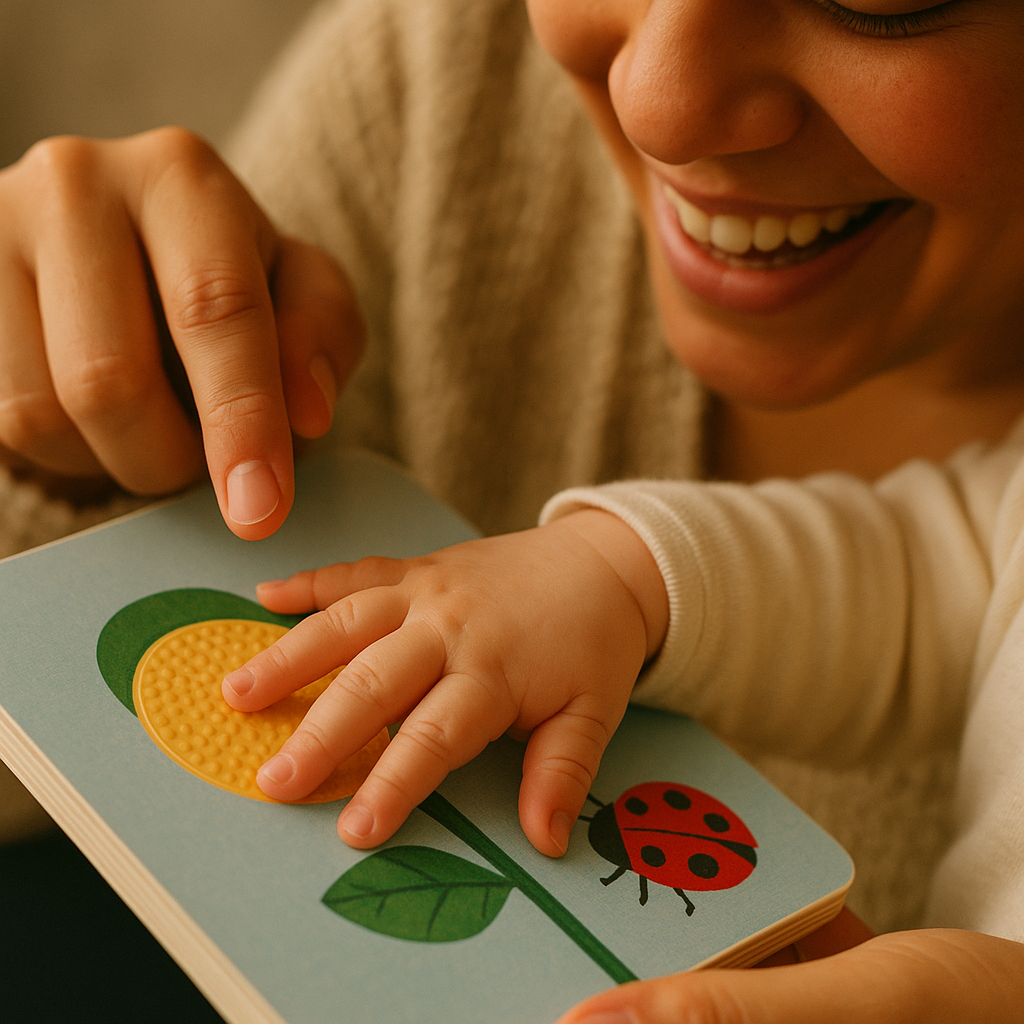Reading to babies from birth can profoundly impact their language development and cognitive growth. Research suggests that daily reading exposes children to up to 1.4 million more words by age 5, wiring their brains for language, attention, and emotional regulation during a critical period when neural connections form rapidly. Just five minutes with a board book can lay the foundation for confident communication, a robust vocabulary, and a lifelong love of reading. This article explores why early reading is so powerful, offers practical tips for interactive story-time, addresses common barriers, and answers key parental questions.
- Why does reading from day one supercharge your baby’s language circuits?
- How can parents turn story-time into a powerful “serve-and-return” conversation?
- What if real life gets in the way? Solutions for common reading barriers
- Your top questions, answered
- How will today’s story-time shape tomorrow’s language?
Why does reading from day one supercharge your baby’s language circuits?
Daily reading immerses babies in a rich language environment, fostering neural connections at a remarkable pace. A 2019 study from Ohio State University found that children read to daily hear approximately 1.4 million more words by kindergarten compared to those rarely read to, closing the so-called “word gap”. Explore word exposure research. Brain scans from Cincinnati Children’s Hospital reveal that live story-time activates language and emotion centers more effectively than passive media, such as TV or tablets, highlighting the unique benefits of interactive reading. See brain scan findings.
During shared reading, babies connect sounds with visuals. They observe their caregiver’s mouth movements, associate images with spoken words, and begin storing word meanings long before they can speak. By nine months, infants regularly exposed to books show improved receptive and expressive language skills, setting a strong foundation for future communication. Learn about interactive reading. This early exposure not only builds vocabulary but also enhances attention and emotional bonding.
See how to protect those gains in Screen Time and Speech Delay: How to Protect Your Baby.

How can parents turn story-time into a powerful “serve-and-return” conversation?
Interactive storytime is a two-way exchange that strengthens language and attachment. Known as “serve-and-return,” this process occurs when a baby responds with looks, coos, or movements (the “serve”), and the caregiver responds with words, smiles, or gestures (the “return”). This back-and-forth builds neural pathways for language and fosters secure emotional bonds.
Here are five practical ways to enhance story-time engaging experience that promotes both language development and emotional connection:
- Use parentese—slow, melodic speech that stretches vowels and grabs attention.
- Point and name pictures; for extra mileage, add real objects afterward, a proven trick explained in Labeling Objects: How It Boosts Your Baby’s Vocabulary.
- Pick interactive books with flaps, textures, or mirrors and follow the engagement tips in Interactive Storytime: 5 Tips to Engage Your Baby with Books.
- Sprinkle in simple signs like “milk” or “more” to reinforce meaning—see Baby Sign Language: Boosting Communication Early.
- Pause to let your baby “answer” with a squeal or grab; enthusiasm, not correct words, is the goal.

What if real life gets in the way? Solutions for common reading barriers
Consistency, not perfection, drives language growth. Even small efforts can yield significant results. Here are solutions to common challenges:
- Limited Time: Incorporate brief “micro-reads” (e.g., three pages) during diaper changes, tummy time, or car rides. For example, read a page while waiting at a doctor’s appointment.
- Few Books: Access free or low-cost books through libraries, secondhand stores, or programs like Dolly Parton’s Imagination Library. Durable, chew-proof books withstand teething phases.
- Reading Confidence: Use the language you’re most comfortable with, as dual-language exposure enhances cognitive development. Understand bilingual benefits. Narrate pictures simply if reading feels challenging as detailed in Raising a Bilingual Baby: Does It Boost Brain Power?.
- Skepticism of Programs: Avoid expensive flash-card systems; research emphasizes that genuine interaction drives progress; see the facts in Do Baby Reading Programs Work? The Truth Revealed.
Your top questions, answered
-
How Many Minutes Should I Read Daily?
Ten minutes or one short book daily can make a significant impact. Research indicates that reading seven books a week promotes vocabulary growth, but any consistent routine is beneficial. Find effective reading time. -
Does Dual-Language Reading Confuse Babies?
No, it’s unlikely to cause confusion and may enhance vocabulary and cognitive flexibility. Switching languages within or between books supports brain development. -
Are E-Books Suitable for Infants?
Interactive e-books co-read with parents can support literacy, but passive screen viewing is not recommended. For infants under 18 months, the American Academy of Pediatrics advises against screen time except for video chatting, but interactive e-books with parental involvement may be acceptable for older infants. Explore e-book impacts. -
Is It Ever Too Late to Start?
It’s never too late. Toddlers and preschoolers benefit from regular story-time, though starting earlier maximizes word exposure.
How will today’s story-time shape tomorrow’s language?
A single book shared today can spark brain growth, narrow the word gap, and deepen your bond with your baby through responsive interaction. Keep a board book handy, follow your baby’s cues, and watch their language skills flourish. For more ways to boost brain development through everyday interactions, visit How Talking to Your Baby Boosts Language and Brain Skills. The stories you share now will resonate in every word your child speaks later. See early reading foundation.